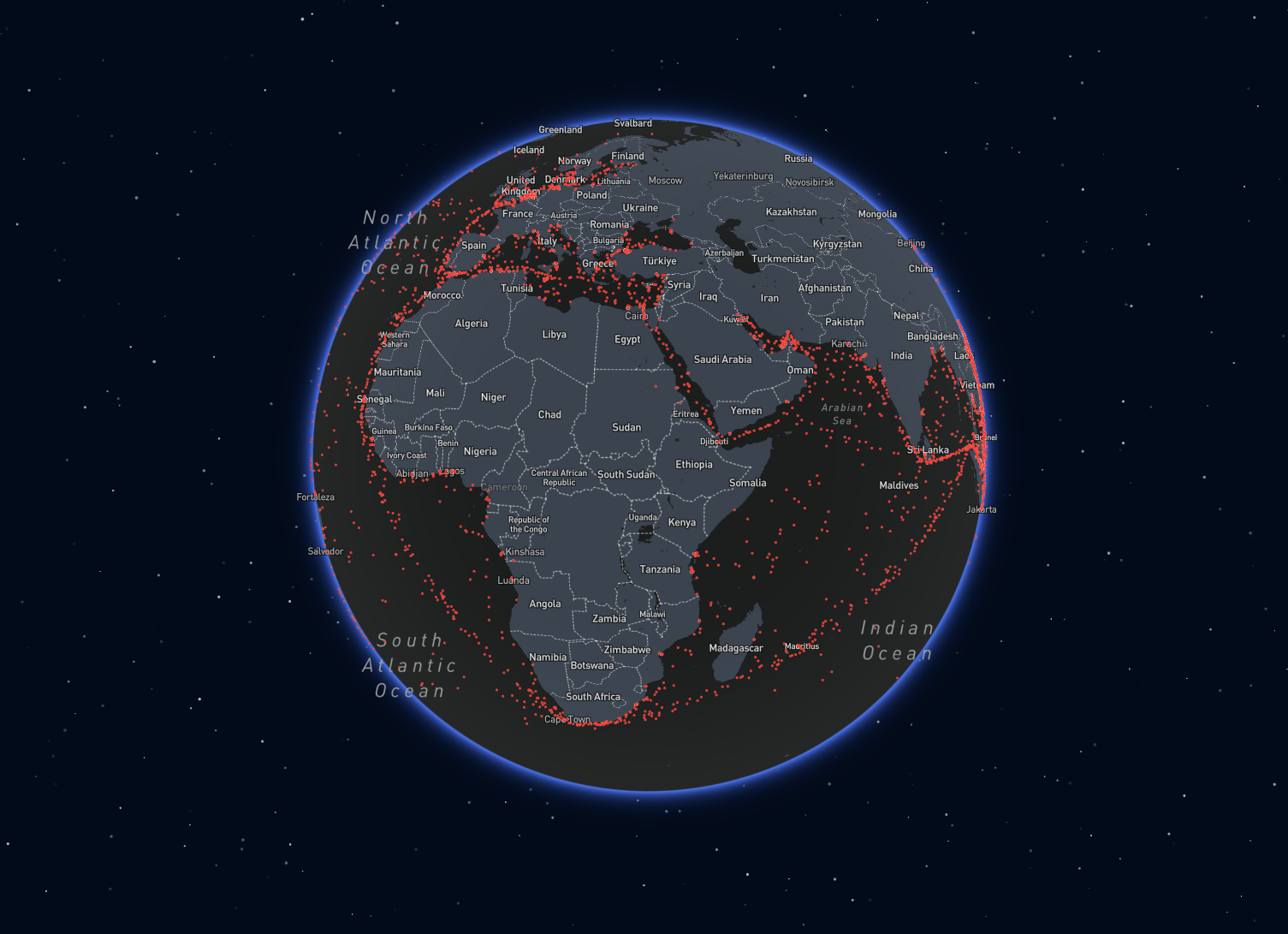The world’s largest container carriers are seeing profitability shrink rapidly. According to AXS Marine’s September shipping market report, based on Alphaliner data, the average operating margin (EBIT) among the top nine global liners fell to 9.9%, marking the sharpest drop in over 18 months.
The downturn comes despite lingering Red Sea disruptions, rerouting pressures, and resilient cargo volumes. All of which had previously buoyed rates. The figures suggest that cost inflation, oversupply, and heightened competition are now eroding the pricing power carriers built up during the pandemic boom.
Eroding Pricing Power and Oversupply Pressure
The fall in margins reflects a combination of weaker spot freight rates and sustained high costs for fuel, chartering, and rerouted tonnage. Rates on the Far East–Europe trade have been hit particularly hard, with spot prices from Shanghai to North Europe plunging by 45% over the past ten weeks, AXS Marine reports.
Although the number of active vessels on this route has dropped slightly. Now 425 vessels across 31 loops, or roughly 36 short of a full weekly schedule. The reduction has not been enough to offset rate pressure. This suggests the market remains oversupplied even amid ongoing disruptions through the Red Sea corridor.
Intra-Asia Expansion Continues Despite Softening Returns
While profits tighten on deep-sea trades, activity within Asia remains robust. AXS Marine notes that intra-Asia capacity has grown 13% year-on-year, reaching 2.4 million TEU across 69 active carriers. Maersk added about 100,000 TEU of regional tonnage during the period, bringing its total to 298,134 TEU, nearly matching COSCO’s 300,491 TEU.
This regional strength, however, has not insulated carriers from global financial strain. Many lines are leaning more heavily on short-sea networks to balance declining returns from mainline routes — a strategy that may sustain utilization rates but not profitability.
Specialized Ships Find Their Niche
AXS Marine’s report also highlighted the growing demand for “Bangkokmax” feeder vessels, around 1,800 TEU in capacity, designed for shallow ports in Southeast Asia. These ships are commanding charter rates of around $31,000 per day, outperforming similar-sized vessels at about $26,000 per day.
This niche strength underscores a wider trend toward fleet diversification and regional specialization as carriers and operators seek efficiency gains in an increasingly margin-constrained environment.
With operating margins sliding below 10%, the message from September’s numbers is clear: the post-pandemic shipping boom has definitively ended. As rate wars return and overcapacity builds, carriers are entering a new phase of tight returns and heightened competition.








